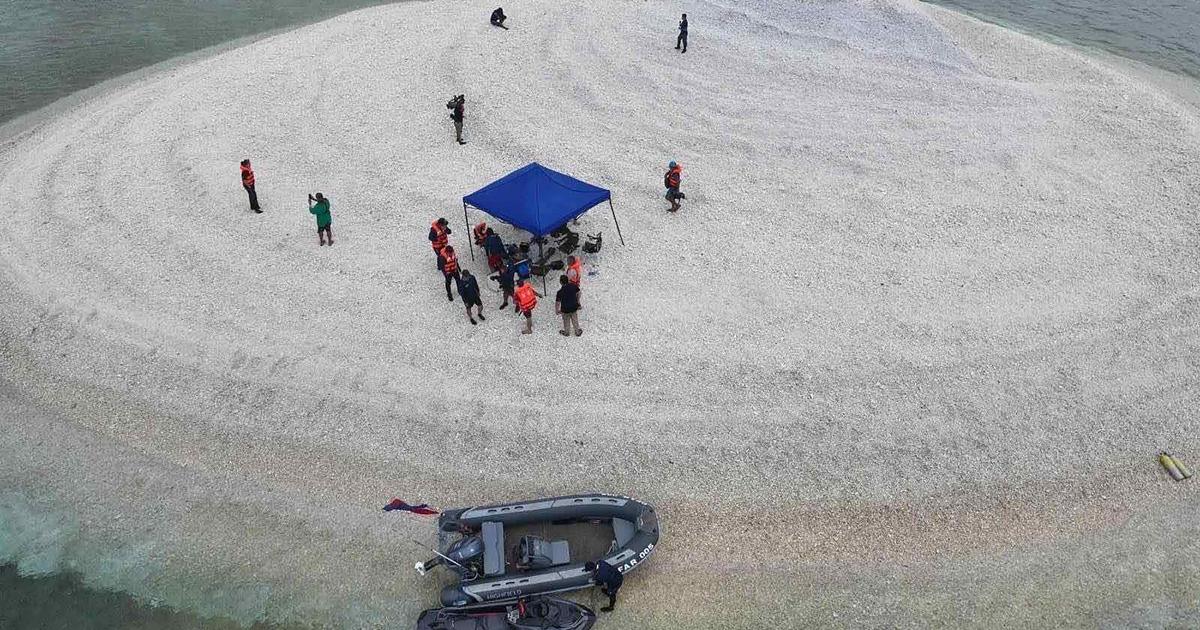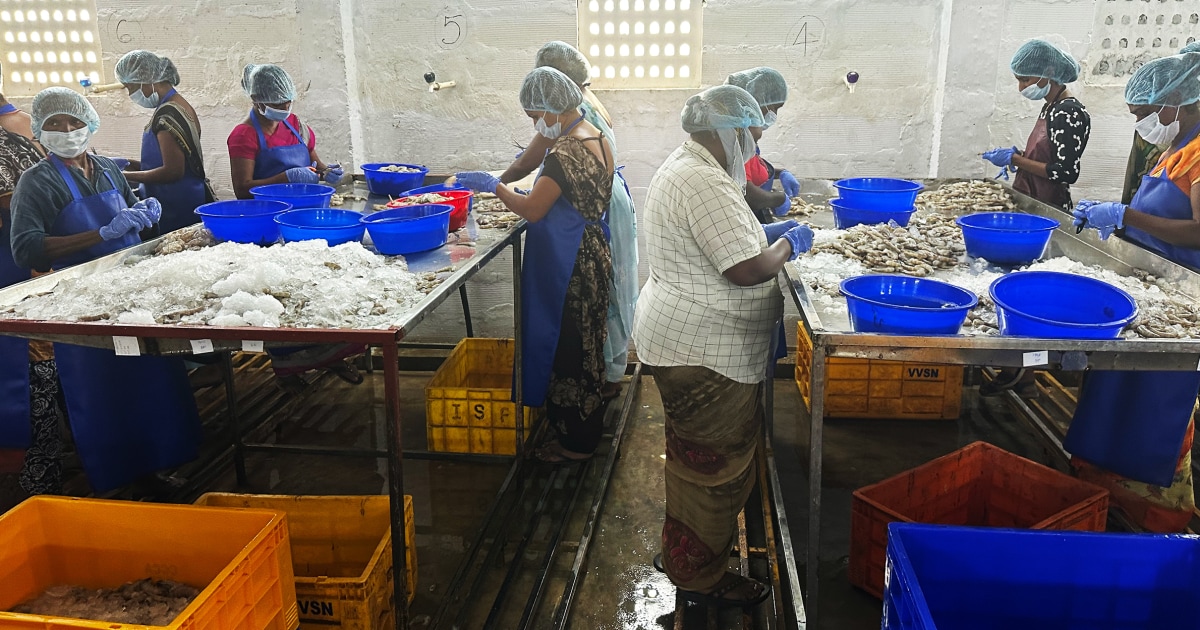Enlarge image
People of New Delhi on the banks of the Yamuna
Photo: IMAGO/Ravi Batra/ IMAGO/ZUMA Wire
Antibiotic residues in the waters of emerging countries are a major challenge.
In India and China, among other places, they provide potential resistance hotspots, reports a team of scientists in a review published in the journal The Lancet Planetary Health.
The team evaluated 240 studies in different countries and used a special method to determine where the concentration of antibiotics is so high that it is likely to contribute to the development of resistance.
more on the subject
Latest report:WHO identifies antimicrobial resistance as a global threat
Pollutants in water: What is clean water worth to you? By Jörg Römer
Such values were therefore measured in waste water and in inflows and outflows of sewage treatment plants and in their vicinity in rivers or lakes.
The entry into the environment is also worrying because many people drink water from rivers and lakes or use it for washing, explain the researchers led by Nada Hanna from the Karolinska Institute in Stockholm.
According to the research group, the highest risk of developing resistance in tap or drinking water was for the antibiotic ciprofloxacin in China and other countries in the western Pacific region.
Ciprofloxacin is a so-called broad-spectrum antibiotic that can be used against numerous bacteria – but should be used with caution because of its potentially severe side effects.
According to the results of the study, a total of 92 different human and veterinary antibiotics were detected in the waters of countries in the Western Pacific region and 45 in countries of Southeast Asia.
However, for many countries in the two regions there is still a lack of data on the occurrence of antibiotics in the environment, the authors caution.
80 to 90 percent are initiated unexplained
more on the subject
Concern about new corona variants: Austria and Belgium want to have wastewater from aircraft from China examined
Antibiotics can get into rivers, lakes, seas and groundwater from sewage and waste, for example from municipalities, hospitals and pharmaceutical companies.
People and animals treated with such drugs excrete a significant part of the substances via urine and faeces.
In the Western Pacific (WPR, including China) and Southeast Asian (SEAR, including India) regions defined by the World Health Organization (WHO), about 80 to 90 percent of wastewater enters water bodies untreated, the analysis said.
“This data collection helps us to get an idea of whether or not there is a high selective concentration of antibiotics in different waters of Asia.
And the answer is: yes, there is,” says Thomas Van Boeckel, lecturer in health geography at the University of Gothenburg.
He was not involved in the new study himself.
Van Boeckel thinks it is fundamentally possible that resistance will spread from China or India to Europe: "There are numerous studies that show that many drug-resistant pathogens have spread worldwide."
China and India are among the world's largest producers and consumers of antibiotics.
However, resistance to such drugs is now one of the leading causes of death worldwide.
With more antibiotic residues in the environment, the risk of the emergence of other resistant pathogens and new resistance pathways increases.
Bacteria can pass resistance mechanisms on to each other, and resistant pathogens from the environment can reach humans and animals.
This can increase the number of cases in which infections can no longer be treated successfully.
1.3 million deaths annually
Avoiding unnecessary and incorrect applications as far as possible is considered an important measure against the spread of resistance.
Studies have repeatedly shown that antibiotics are often not used as carefully as they should be, especially in emerging countries.
According to a survey from 2020 presented in the journal "Antimicrobial Resistance and Infection Control", antibiotics could still be bought without a prescription in China in 2019 in more than 80 percent of the 1,100 pharmacies included.
A quarter of these pharmacies already gave out antibiotics if only mild symptoms of a respiratory disease were described.
She sold around half when specifically asked about it.
The WHO estimates that 1.3 million people now die every year because antibiotics don't work on their infections.
At the end of 2022, the EU health authority ECDC reported that there were more than 35,000 deaths per year in the European Economic Area due to antibiotic resistance.
According to the Robert Koch Institute (RKI), around 2,500 people die every year in Germany from multi-resistant pathogens alone.
In addition, there are thousands of deaths in the course of individual resistance.
more on the subject
Sewage: murky prospects
Late number of cases recorded by health authorities: Why our wastewater is the better pandemic early warning systemBy Hilmar Schmundt
Experts speak of antibiotic resistance when patients do not react to an antibiotic, i.e. when the disease-causing bacteria are not destroyed by the antibiotic.
Pathogens are called multi-resistant, against which several or all available antibiotics are no longer effective.
In the journal "Science Translational Medicine", Michael Cook and Gerard Wright from Canada's McMaster University warned in 2022 of an imminent "post-antibiotic age".
Some infections that used to be routinely cured with medicines discovered in the 20th century could then no longer be treated.
However, even in Germany, the sewage treatment technology is not sufficient to remove drug residues from the water.
One approach that is being pursued more and more in this country is the expansion of municipal sewage treatment plants to include a further cleaning stage.
For example, chemicals are bound to activated carbon, which is then removed from the cleaned water before it is discharged into the water body.
Other methods work with ozone or special filters.
However, there is still no legal regulation for the so-called fourth cleaning stage.
dpa/joe









